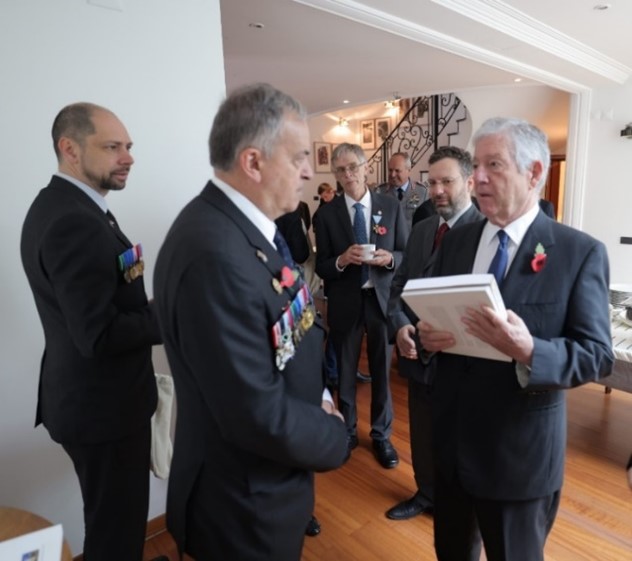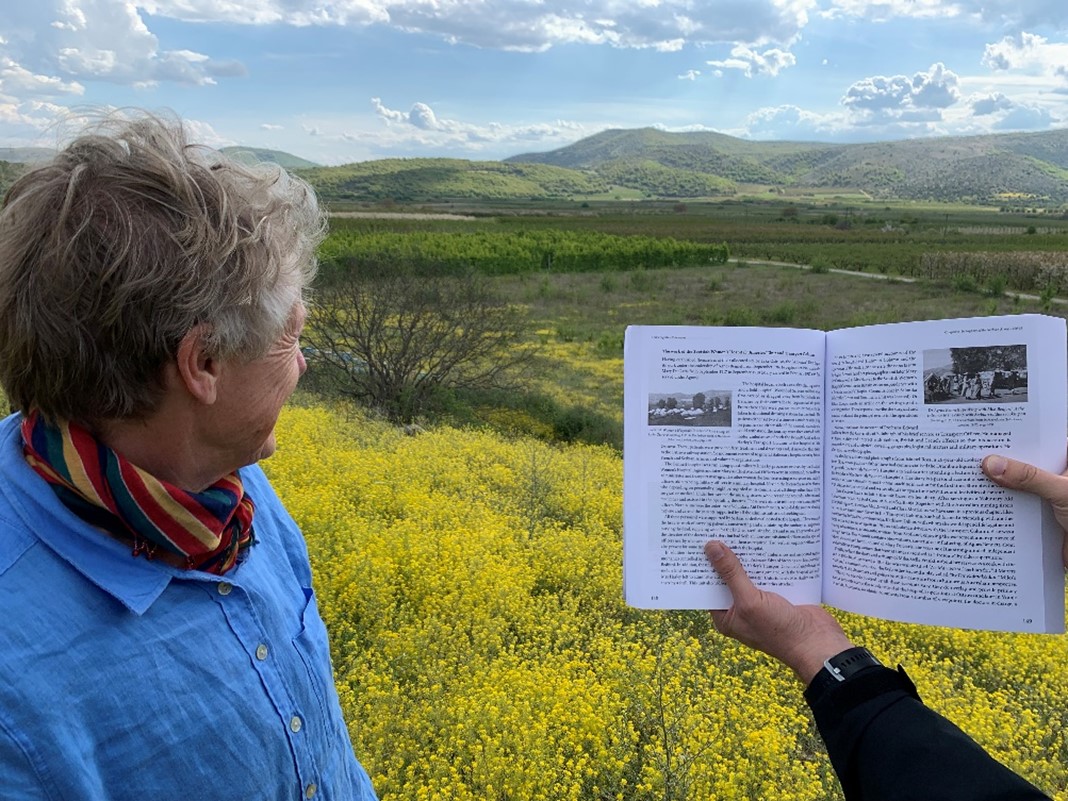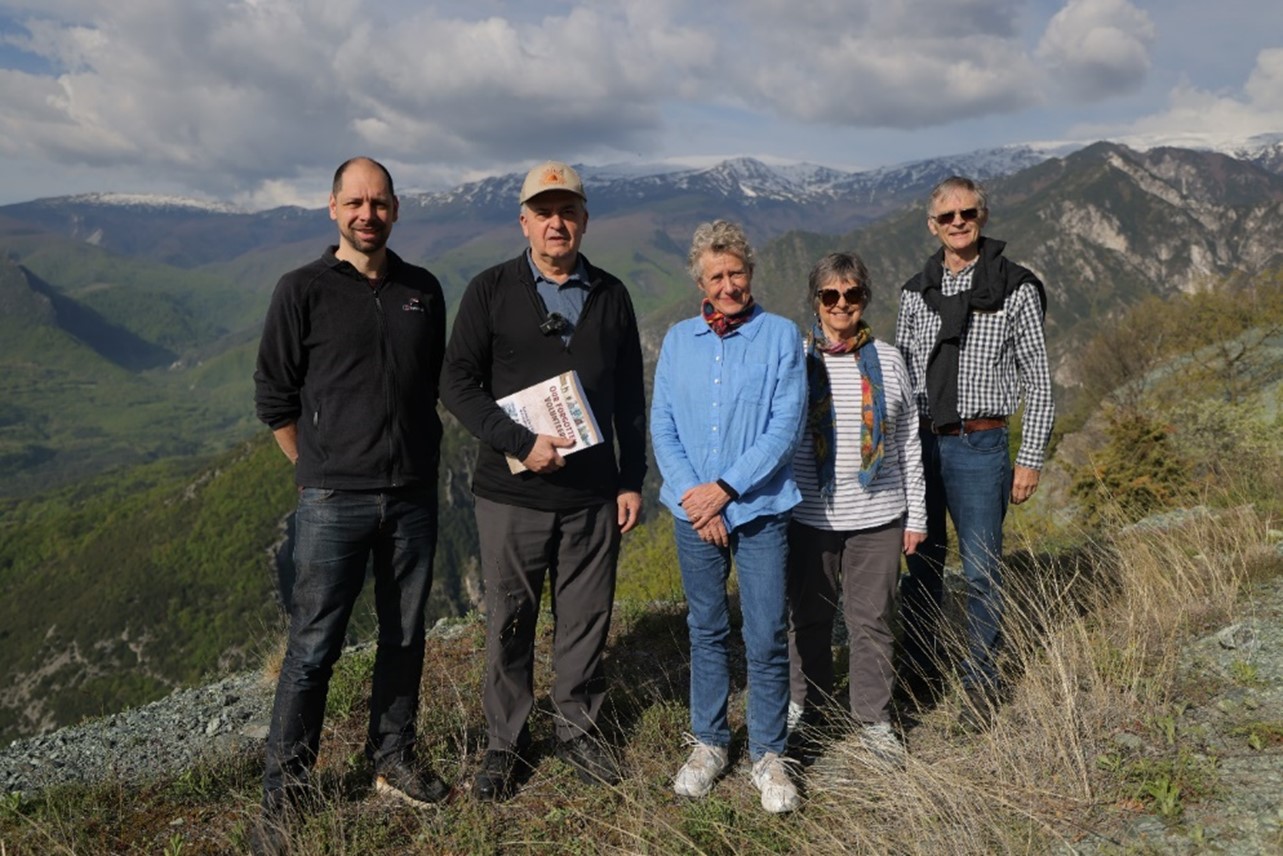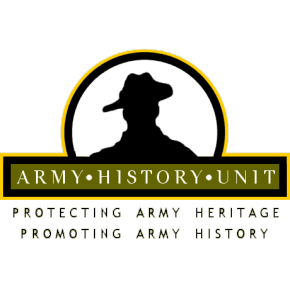At the invitation of the Australian Embassy in Belgrade, Serbia, Kathy Hancock, Richard Cooke and Bojan Pajić participated in the Anzac Day ceremony at the British war cemetery section of the New Cemetery in Belgrade on 25 April 2023. Richard is a descendant and Kathy a close relative of two Australians who served with the Serbs in World War One and Bojan is the author of three books about Australians and New Zealanders who served in Serbia or alongside the Serbian Army in World War One. His grandfather and great uncle were officers in the Serbian Army in World War One.

Anzac Day 2023 ceremony in Belgrade
The Anzac Day ceremony was organised by the Australian and New Zealand Embassies in Belgrade. The Serbian Army provided an honour detail of ceremonial guards and a bugler. After the Australian Ambassador, HE Daniel Emery, opened the ceremony, Bojan gave the Anzac Day address (attached) and Kathy and Richard read out a commemorative poem and prayer. See attached program.


Prince Aleksandar, the Crown Prince of Serbia, attended and laid a wreath as did representatives of the Serbian Government, Serbian Army, City of Belgrade and Military Attaches of several countries.

Visit to each grave of Australian and New Zealand servicemen
We visited the grave of each Australian and New Zealand serviceman at which the Australian and New Zealand Embassies laid a poppy, and we laid a flower.
There are 28 Australians and 15 New Zealand servicemen buried there. Of the 28 Australians, 27 are identified and one is an unknown airman. Of the 27 identified Australians, the next of kin of 9 are recorded as from New South Wales, 5 each from Victoria and Queensland, 4 from Western Australia, one set is from South Australia, two are from England and one’s kin is unknown.
Nine of the buried Australians are soldiers and the rest are airmen.
Prior to the trip to Serbia, we had searched for relatives of the buried servicemen via magazine articles and genealogical websites and established contact with family members of half the buried Australians.
On their behalf, we laid a flower on each grave and took photographs for them. Also, in his address and at the graves, Bojan read out the following statement and recited the following prayer, as requested by family members of Bernard Hough and Geoffrey Parker, but which could apply to each serviceman buried in Belgrade:
Bernard Austin Hough
“Bernard Austin Hough sacrificed his life for the greater good, that we now have the privilege to enjoy.”
Geoffrey Goodhand Parker
“Eternal rest grant unto him Oh Lord, and may perpetual light shine upon him. May he rest in peace. Amen”


Reception for guests
Following the ceremony at the cemetery, the Australian Embassy held a reception at which His Royal Highness, Prince Aleksandar, was presented with two books about Australians who had served with Serbs written by Bojan Pajić.
“Our Forgotten Volunteers – Australians and New Zealanders with Serbs in World War One”, and
“Australians with Serbs in World War One”, which the Australian Embassy had translated into Serbian and published jointly with the Institute for Newer History of Serbia.


Launch of book and presentations
On the following day, Bojan’s book Australians with Serbs in World War One, translated into Serbian, was launched at the History Museum of Serbia. The director of the Institute for the Newer History of Serbia, Dr Mile Bjelajac, spoke at the launch as did Kathy, Richard and Bojan.
The Australian Embassy also arranged presentations at the Young Rotary Club in Belgrade and in the town of Vrnjačka Banja, where Richard Cooke’s grandmother, Ethel Gillingham, had served as a nursing sister in World War One.
We also visited a memorial built by Serbian authorities in the town of Mladenovac during World War One to the Scottish Women’s Hospitals for Foreign Service in which Kathy Hancock’s great aunt, Mary de Garis, had served as Chief Medical Officer of a field hospital in support of the Serbian Army.

The Serbian media covered our visit, book launch and presentations extensively with several television and radio interviews and at least eight newspaper and magazine articles. The role of Australians and New Zealanders as allies of Serbia in both World Wars was widely discussed and the Australian Embassy and the Institute of the Newer History of Serbia will now distribute Bojan’s book extensively to libraries, schools, institutions and individuals throughout Serbia.


Visit to places and battlefields where Australians and New Zealanders had served with the Serbs
Our group then visited the places and battlefields where Australian and New Zealanders had served alongside the Serbian Army in World War One.





Bojan Pajic
ATTACHMENT A
| Australian servicemen buried in Belgrade | |||
| Rank | Surname | Forename | Age At Death |
| Private | BLACK | ERIC LYNN | 24 |
| Flying Officer | BLACKFORD | WALTER FREDERICK | 24 |
| Private | BROWN | STEWART EMERSON | 25 |
| Flight Sergeant | CALDER | LEWIS WALTER | 23 |
| Gunner | CARGILL | COLIN EDWARD | 23 |
| Warrant Officer | CUSTANCE | GEOFFREY JAMES | 21 |
| Flight Lieutenant | GARDINER | DESMOND EDWARD JAMES | 41 |
| Pilot Officer | HOLMES | EDWARD JAMES | 21 |
| Flight Sergeant | HOUGH | BERNARD AUSTIN | 30 |
| Lieutenant | IRWIN | WILLIAM | 32 |
| Flight Lieutenant | KIMBER | DONALD DAVID | 21 |
| Flight Sergeant | LEE | EDWARD GEORGE | 24 |
| Warrant Officer | LOWE | GEORGE ROBERT COLQUHOURN | 31 |
| Warrant Officer | LYON | ANDREW WALLACE | 30 |
| Flight Sergeant | MANN | PERCY GARFIELD | 38 |
| Flying Officer | MASON | HENRY OSCAR | 31 |
| Flight Sergeant | McGUGAN | IAN | 27 |
| Private | MORANTE | ERIC | 27 |
| Pilot Officer | MOSS | FRANK WILLIS | 24 |
| Private | O’SULLIVAN | KENNETH GEORGE | 21 |
| Flight Sergeant | PARKER | GEOFFREY GOODHAND | 20 |
| Sergeant | REID | WILLIAM HOWARD | 33 |
| Bombardier | SIMMONS | LESLIE | 25 |
| Flight Sergeant | STEELE | CHARLES GIBSON | 21 |
| Warrant Officer | STEWART | DEREK GEORGE | 31 |
| Sapper | WAITE | REGINALD | 34 |
| Flying Officer | WALKER | GORDON MURRAY | 21 |
ATTACHMENT B
Address by Captain (Retd) Bojan Pajić at the Anzac Day ceremony at the War Cemetery in Belgrade on 25 April 2023
At least 1,500 Australians and New Zealanders were involved in the Serbian campaign of World War One, either in Serbia or fighting as allies along the then Serbian and Greek border. In World War Two, Australian and New Zealand troops were sent to Greece near the border with Yugoslavia but were overwhelmed by larger German troops that invaded both Yugoslavia and Greece in April 1941. Some Serbian servicemen made their way to join British, Australian and New Zealand forces in North Africa and some escaped Australian and New Zealand POWs joined the resistance fighters in Serbia. Throughout the war, Australian and New Zealand air crews flew missions over Serbia.
In World War One, Australian and New Zealand medical staff, mainly women doctors, nurses, ambulance drivers and orderlies, were already in war-torn Serbia in 1914 and 1915, before Australian and New Zealand troops landed at Gallipoli. They were helping the Serbs to treat the Serbian wounded from the heavy fighting in 1914 and dealing with the typhus epidemic that swept the country in the first half of 1915.
Later in 1915, an Australian Army unit advanced into Serbia from the port of “Salonika”, with British forces as part of a Franco-British force sent to link up with the Serbian Army fighting invading German, Austro-Hungarian and Bulgarian forces further North in central Serbia.
Second Lieutenant Ralph Cullen, (30 years old), from Sydney, but who enlisted in New Zealand, was in charge of a machine gun section placed in front of the main position of British forces on the then Serbian border with Bulgaria. As his machine gun ran out of ammunition firing at attacking enemy, he ordered the crew to withdraw and he was last seen emptying his revolver at advancing Bulgarian troops. His body was never found.
From 1915 to 1918, hundreds of Australian and New Zealander soldiers, airmen, sailors and medical staff served alongside the Serbian Army on the then border of Serbia and Greece. A field hospital, led by Australian and New Zealand women staff, served in support of the Serbian Army.
Lieutenant Wilfred Lucas, (28 years old) from Adelaide, South Australia, was serving in December 1916 in a howitzer battery supporting British troops on this Allied front. He was killed by enemy counter-battery fire and is buried in northern Greece.
Six Royal Australian Navy destroyers saw action in the Adriatic and Mediterranean Seas supporting the allied troops in the Serbian campaign. In April 1918, in heavy seas, whilst rescuing Italian sailors whose ship had sunk, Ordinary Seaman Leslie Moore from Williamstown, Melbourne, on board HMAS Torrens, was lost at sea. He was 17 years old.
In March 1917, Second Lieutenant Donald Glasson, from Blainey, New South Wales, was flying in an Armstrong-Whitford aeroplane on a bombing mission of an enemy airfield in Hudova in enemy -occupied Serbia, when he was shot down and killed by a German Halberstadt plane. He was 29 years old and is buried in Skoplje.
In World War Two, in August 1944, over 500 downed Allied aircrew were rescued by Serbian Resistance forces of the Royal Yugoslav Army in the Homeland and flown out from Pranjanje in liberated territory in Ravna Gora, Serbia. This was the largest single rescue of Allied airmen in the whole of World War Two.
But not all Allied aircrew were that fortunate. Here at the cemetery in Belgrade, around us, lie 27 Australian and 15 New Zealand aircrew and soldiers who died in World War Two.
Among them, for example, are three Australian air crew of a Halifax bomber. Flying Officer Gordon Walker (21 years old), pilot, from Melbourne and Warrant Officer Andrew Wallace Lyon (30 years old), navigator, from Perth, were killed when their aircraft was shot down. Warrant Officer George Robert Lowe (31 years old), bomb-aimer, from New South Wales, was shot and killed as he parachuted down.
Corporal Eric Morante, (27 years old), from Wollongong, part of the Australian 6th Infantry Division sent to Greece in 1941, was fatally wounded in fighting near the Yugoslav border and died in a hospital in Bitolj.
Lieutenant William Irwin, (32 years old), from Parkes, New South Wales, also part of the 6th Australian Infantry Division, was fatally wounded in the same fighting near the Yugoslav border in April 1941 and died in a hospital here in Belgrade.
Gunner Colin Edward Cargill, (23 years old), from Red Hill, Queensland, was a POW who escaped but was recaptured and shot by Italian occupying forces in 1942.
Flight Sergeant Bernard Austin Hough, (30 years old), from Subiaco, Perth, was killed with other crew when his aircraft crashed during operations in 1944. His niece, Tracey Hough, has asked me to read out the following statement from her:
“Bernard Austin Hough sacrificed his life for the greater good, that we now have the privilege to enjoy.”
Flight Sergeant Geoffrey Goodhand Parker, (20 years old), from Carnarvon, Western Australia, was killed in action in a Wellington bomber in 1944. His relative Monique O’Connor has asked me to read this prayer:
“Eternal rest grant unto him Oh Lord, and may perpetual light shine upon him. May he rest in peace. Amen”
Lest We Forget
ATTACHMENT C
LINKS
Links to books
https://scholarly.info/book/australians-with-serbs-in-world-war-one-guide-to-exhibitions-pajic/
https://www.amazon.com/Serbian-Decorations-Through-History-Australians/dp/0994571712
Combined links to presentations in Canberra, Adelaide and Melbourne
https://www.youtube.com/playlist?list=PLr7yNhFSYQbi9fwEp5IO6Y9o4nx_ecOJx
Links to trailer for documentary about the visit to Serbia by descendants of Australians who served with the Serbs in WW1
https://drive.google.com/file/d/1PdgrL8iUME5y29sTIVoIirJfi9oLXQEx/view?usp=sharing
SBS News interviews regarding visit to Serbia
https://open.spotify.com/episode/3BxBSd2iYcymLSRfUnSVuG?si=v31Q3jaoTziAR-LP92vgGw&dd=1
Contact MHHV Friend about this article.






